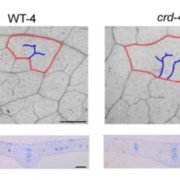
Venation, Water Transport and Photosynthetic Rate
Blog, Plant Physiology, Plant Physiology: On The Inside, Research, Research Blog0 Comments
/
Land plants lose vast quantities of water to the atmosphere during photosynthetic gas exchange. To supply this high demand for water an internal transport system comprised of xylem conduits irrigates the leaf. Selection for greater rates of photosynthesis and increased productivity is believed to have…
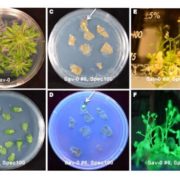
Efficient Plastid Transformation in Arabidopsis
Blog, Plant Physiology, Plant Physiology: On The Inside, Research, Research BlogThe plastid genome of higher plants encodes about 100 genes, the products of which assemble with approximately 3,000 nucleus-encoded proteins to form the plastid transcription and translation machinery and carry out complex metabolic functions, including photosynthesis and fatty acid and amino acid biosynthesis.…
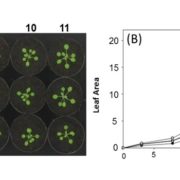
Enhancing Electron Transport Leads to Improved Yields
Blog, Plant Physiology, Plant Physiology: On The Inside, Research, Research BlogIncreasing photosynthetic capacity appears to be a viable route towards increasing crop yields. An endogenous target identified for manipulation toward this goal is the cytochrome b6f (cyt b6f) complex that is located in the thylakoid membrane and which functions in both linear and cyclic electron transport,…
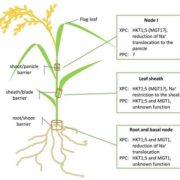
Commentary: Salt Tolerance in Crops: Not Only a Matter of Gene Regulation
Blog, Plant Physiology, Plant Physiology: Updates, Research, Research BlogBy Elide Formentin
Rice (Oryza sativa), the primary source of calories for more than 2 billion people, is the most sensitive of all cereal crops to soil salinity, which affects more than 20% of irrigated arable land (FAO and ITPS, 2015). Rice paddies are mainly located at the delta of rivers, where…
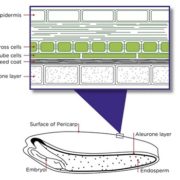
Letter to the Editor: Does C4 Photosynthesis Occur in Wheat Seeds?
Blog, Plant Physiology, Plant Physiology: Updates, Research, Research BlogBy Robert J. Henry, Parimalan Rangan, Agnelo Furtado, Florian A. Busch, Graham D. Farquhar
Does C4 photosynthesis occur in seeds? A nice set of of arguments for and against, as Letters to Editor.
Read more ... http://www.plantphysiol.org/content/174/4/1992

Auxin Biosynthesis and Wheat Yield
Plant Physiology, Plant Physiology: On The Inside, Research, Research BlogIn plants, there are two biosynthetic pathways for the production of the plant hormone indole-3-acetic acid (IAA), namely the Trp-dependent and the Trp-independent pathways. Shao et al. (10.1104/pp.17.00094) have performed a genome-wide analysis to identify a key gene in wheat that functions in the tryptophan-dependent…
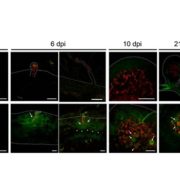
A MicroRNA Switch that Controls Lateral Root Growth and Nodulation
Plant Physiology, Plant Physiology: On The Inside, Research, Research BlogLegume roots form two types of organs, lateral roots and symbiotic nodules, which participate, respectively, in the uptake of water and mineral nutrients and in nitrogen fixation. Since both organs have considerable impacts on plant growth, understanding the mechanisms underlying the development of lateral…
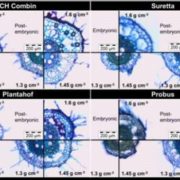
How Wheat Root Tips Break Through Tough Soil
Blog, Plant Physiology, Plant Physiology: On The Inside, Research, Research BlogSoils exhibiting high mechanical impedance as a result of soil compaction or drying, limit root elongation and adversely affect soil exploration and resource uptake. When soil mechanical impedance is increased, root elongation rate decreases within hours and may entirely cease, leading to significant…

Is Root Cortical Senescence Beneficial?
Blog, Plant Physiology, Plant Physiology: On The Inside, Research, Research BlogRoot cortical senescence (RCS) is a type of programmed cell death found in the Triticeae tribe. RCS is unrelated to the formation of root cortical aerenchyma or the loss of the root cortex due to secondary growth in dicots. Conceivably RCS may benefit the plant by reducing maintenance respiration in…

